
Barber John Traver Sr.



In Aida Austin’s 1881 Diary, she mentioned Ridley’s when she was living with her cousins in New York City. This is the first of two 1880 articles on Ridley’s that I found.

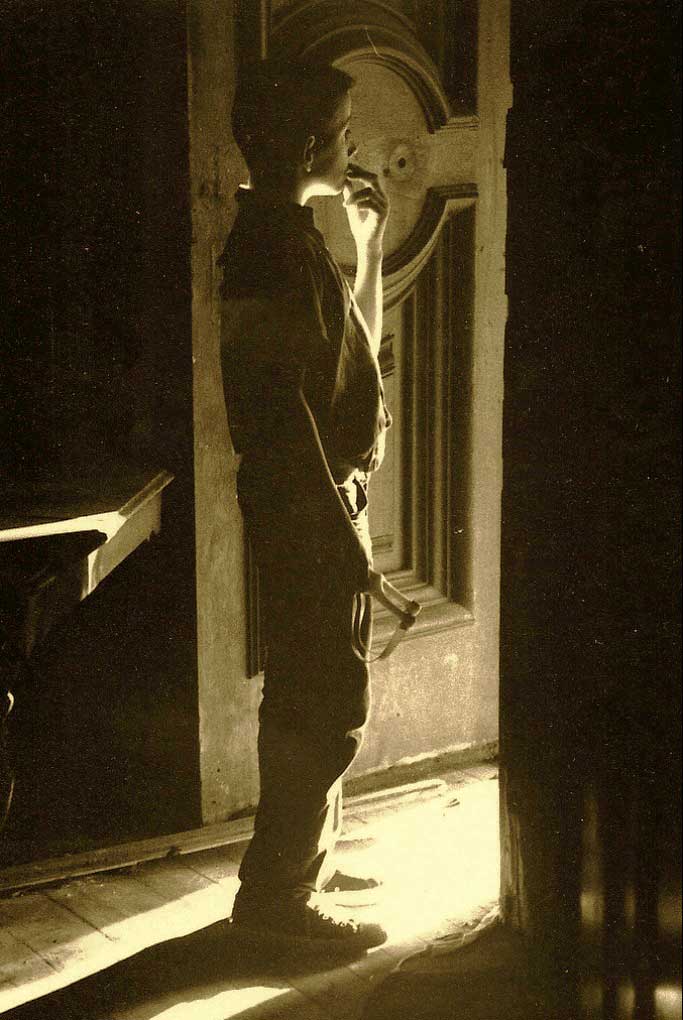
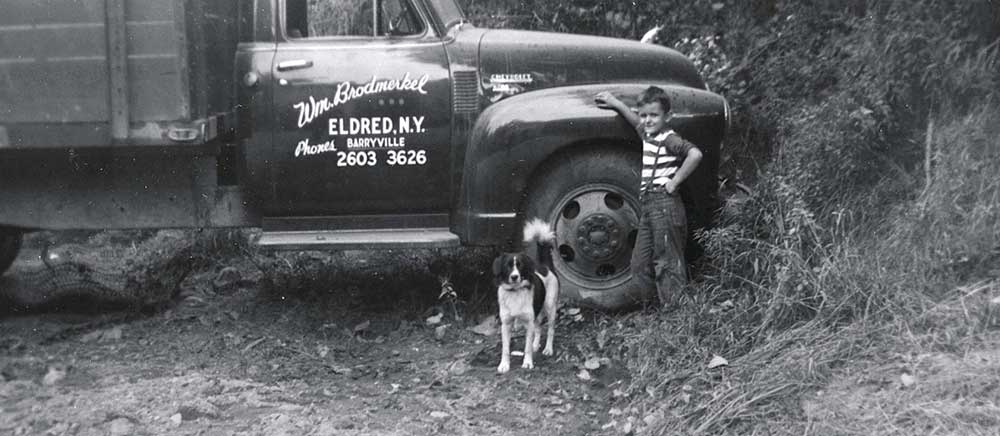
“Uncle Willie rescued us in that big truck when our old car (the car in the garage shot, me thinks) broke down at Poor Richards bar/restaurant on Rt. 6. Going over the Hawks Nest in that big truck made me think we would go over the edge for certain!
“Yes, c’est moi in the photo. I remember the day the picture was taken, thinking that was a neat dog, but never saw him (?) before or after.”—JMeyer.
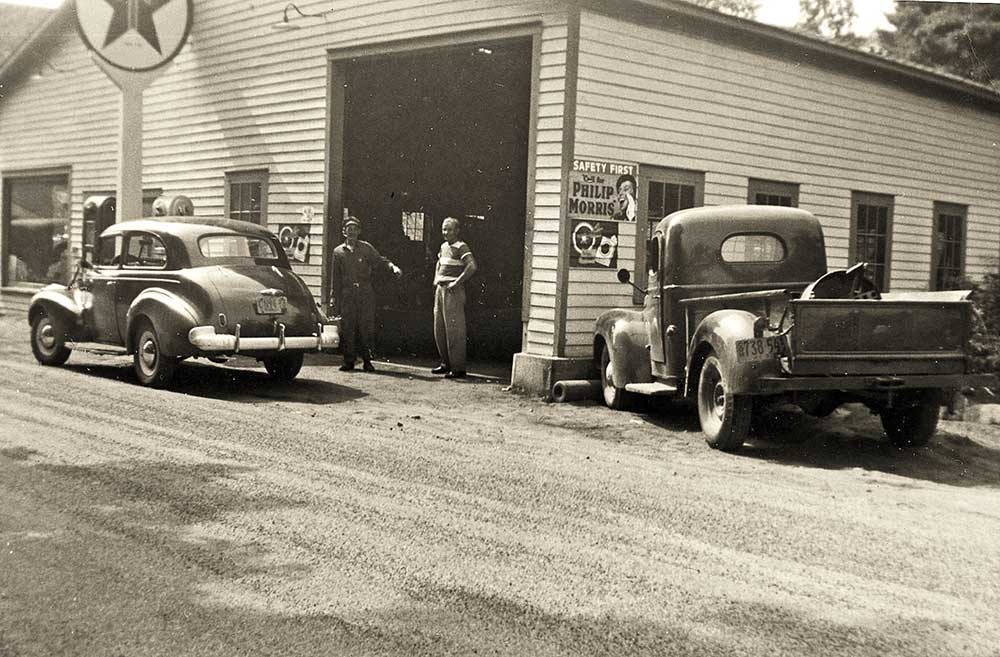

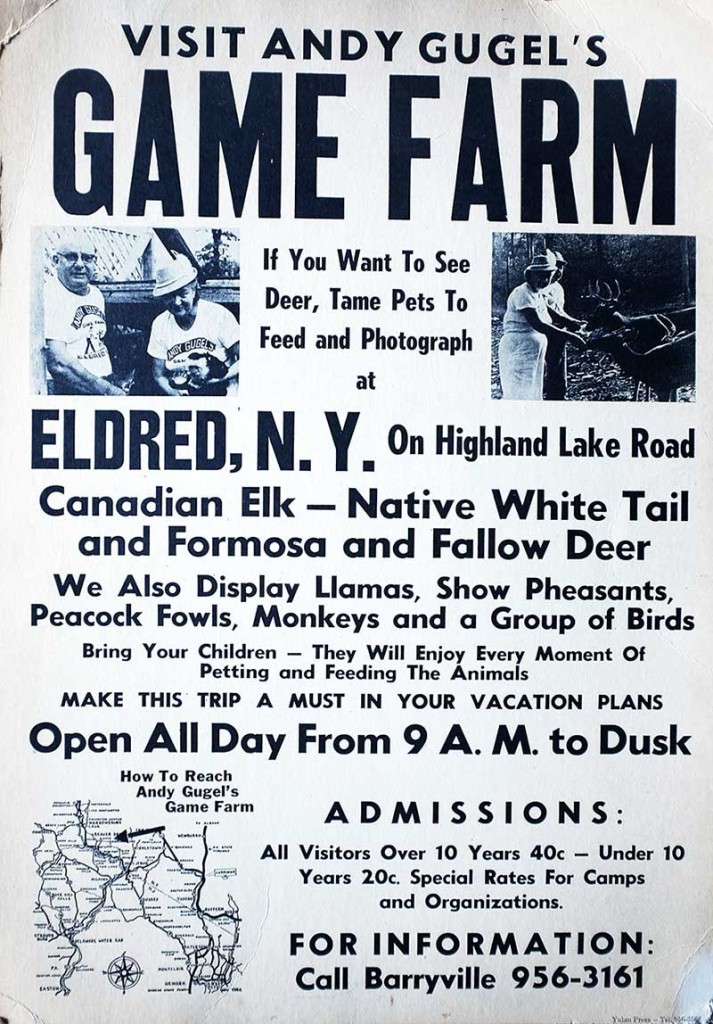
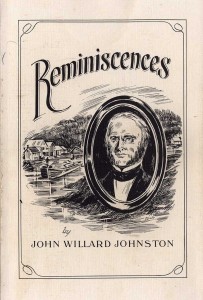
I imagine that a number of my Halfway Brook friends have a copy or have at least heard of Reminiscences written by John W. Johnston around 1900.
Reminiscences is Johnston’s first hand (often caustic) account of the people who lived along the Delaware River from Pond Eddy to Narrowsburg in the 19th Century. It includes a helpful historical account of the D&H Canal so vital to the area at one time.
Reminiscences was a source for the history of Lumberland and many of the families mentioned in The Mill on Halfway Brook and the first 20 years of Echo Hill and Mountain Grove.
It is fascinating to go back and reread Reminiscences now that I know who many of the people were. Though there is a bit of a cringe factor when reading the book if there is any relative that Johnston mentions.
Johnston, a lawyer, accurately discusses where different families lived (his signature is on a couple land deeds I have). He comes across a bit arrogant and often negative, judgmental, and unforgiving in his personal evaluation of the townspeople.
Still it seems to be an accurate history that can not be found elsewhere.
Reminiscences (two volumes in one book including old photos); 360 pages plus a very helpful index, can be purchased for only $12.95 (plus shipping) from Minisink Valley Historical Society’s Gift Shop.

